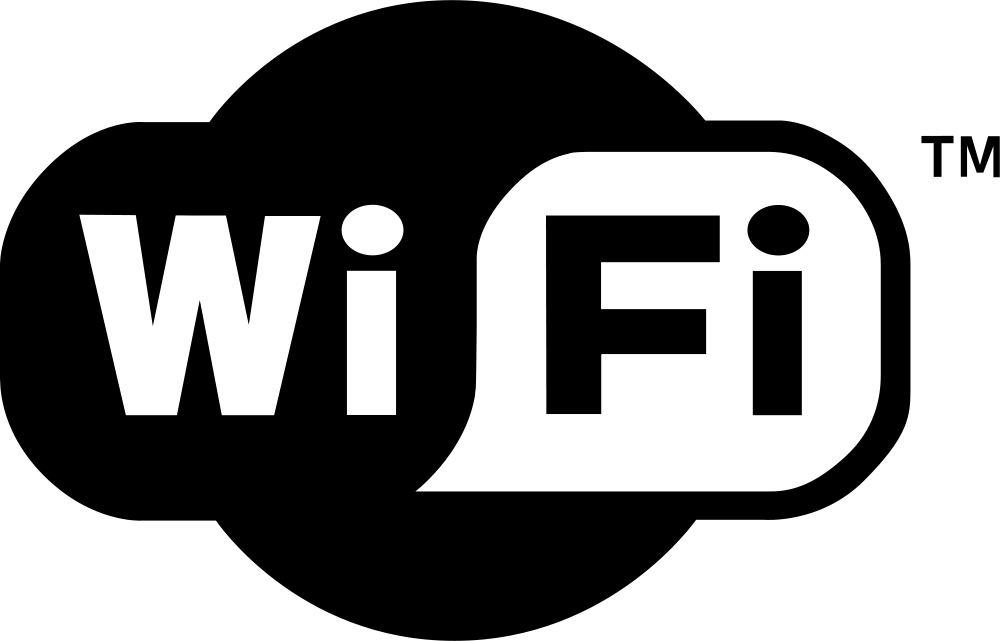Part II: Phenomenal Wireless!
“Anyone who is not shocked by quantum theory has not understood it.” Niels Bohr
“Is wireless phenomenal?” it’s a philosophic question that requires a philosophic approach in order to be answered. If person A is talking to a person B through the wired phone network, then most of the people accepts the traveling of the voice through the wire, but the wonder takes place when person A an person B are talking to each other through wireless phone network. With this said, Chandra (2005) states that “wireless network is almost magical – your voice (or data) disappears into your handset and reappears out of the handset of another person at the other side of the globe” (p. xi).
More and more noticeable is the fact that the human being is becoming mobile. With this said, there is more desire than ever to complete daily work while on the go. Gast (2002) adds that “traditional ways of networking the world has proven inadequate to meet the challenges posed by our new collective lifestyle” (p. 6). If no wireless technology would exist, then ask yourself “how much mobile would you be?” Without any doubt the wired network ruins down the concept of mobility. In contrast to wired network, Gast (2002) says that “wireless connectivity, however, poses no such restriction and allows a great deal more free movement on the part of the network user” (p. 6). Furthermore continues Gast (2002) that “wireless technologies are encroaching on the traditional realm of “fixed” or “wired” networks” (p. 6).
When comparing wired with wireless networking, Gast (2002) adds that “the most obvious advantage of wireless networking is mobility” (p. 6). Benefits are huge from wireless networks. The best example is the mobile telephony where users can connect to existing wireless networks through their mobile operators, and then traveling from country to country the service is expanded for them by allowing them to be able to roam freely. With other words, there when wired network ends its mission, wireless network is about to start.
Besides mobility, Muller (2004) lists other advantages that come along with wireless networking (p. 291):
- faster installation when compared to cabled networks
- adaptability in a dynamic environment
- the capability of sharing an Internet or other WAN connection
- the continuing development of new electronic devices (or newer versions) that use wireless technology, such as PDAs
- with the widespread deployment of wireless Access Points that are being constructed in public places, the Internet is accessible from most any place that has a sizeable population, and
- reduced costs in many situations
The best way to understand how wireless network works, is to engage oneself in a process of designing and building a wireless network. Assume that you want to design and implement a wireless network in your home. With that, all the services provided would be wirelessly. To do so, you need a device called Access Point which will create the Wireless Local Area Network (WLAN). This represents the simplest wireless network infrastructure. In a situation of covering the entire neighborhood with wireless network, it takes more than a single Access Points including antennas as well. Like that, you are implementing the Extended WLAN. But if it expands furthermore, trying to cover an entire town or city, then the wireless network infrastructure becomes Wireless Metropolitan Are Network (WMAN). The MAN itself is a combination of wired and wireless networking infrastructure, as much as the neighborhood wireless network, and the personal wireless network. Once the wireless infrastructure is built, the process of setting up services that you’ve intended to provide along with that of adding users onto it, is a matter of minutes that involves authorization and authentication processes.
If in wired network it’s the cable as the media which transmits the data from one end to another, then which media is used by wireless network? Is it the air? If Chandra (2005) says that” the term wireless communication is usually used to refer to wireless communication beyond the ‘line of sound’” (p. xii), then that should utilize a media that makes possible the transmission of the data through the air to its destination. According to Osatis (2006) “wireless networks transmit data over a network medium which is a form of ‘electromagnetic radiation’”. With this said, the bigger the spectrum of the ‘electromagnetic radiation’, then the bigger the coverage area where clients can benefit from great deal of mobility. Osatis (2006) states that “two mediums that have seen the widest use in wireless local-area applications are: infrared light, and radio waves.” The emerging wireless medium is also the Bluetooth technology. Today, majority of PCs (especially portable) offered in the market are equipped with Bluetooth to enable the connection of peripheral devices. In terms of coverage, Osatis (2006) provides the following comparison: “while, infrared light has limitations; i.e. it is easily blocked by walls, partitions, and other office construction, instead radio waves can penetrate most office obstructions and offer a wider coverage range.”
References:
- Chandra, Praphul. Bulletproof Wireless Security GSM, UMTS, 802.11, and Ad Hoc Security. Oxford, UK: Elsevier, Inc., 2005.
- Gast, Mathew. 802.11® Wireless networks: The Definitive Guide. California: O’Reilly, April 2002.
- Mueller, Scott. Upgrading and Repairing Networks, 4th Ed. Indianapolis: QUE Publishing, 2004.
- Osatis, Uklit, 27 November 2006. “Wireless LANs.” Retrieved on September 20th, 2016 from URL: http://aphroditea05.tripod.com/site_links/history/wifi.html
Hope you’ll find this post informative.
peace and blessings,
Bekim
Bekim Dauti’s Blog | Bekim Dauti’s Vlog | e-Books @Amazon Kindle Store
